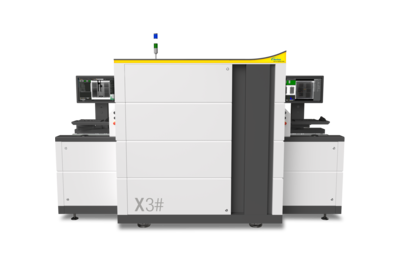The principle and radiation range of X-ray flaw detection machine
Release time:2024-05-27Publisher:Jeenoce
X-rays have extremely strong penetrating power and are rays that cannot be seen by the human eye but can penetrate objects. It has a certain penetrating power and can penetrate many substances that are opaque to visible light, such as ink paper, wood, electronic devices, etc.
When X-rays penetrate a substance, a series of extremely complex physical processes are generated due to the interaction between the rays and the substance. As a result, the rays are absorbed and scattered, losing some energy, and the intensity is correspondingly reduced. This phenomenon is called attenuation of the rays.

The essence of X-ray inspection is to obtain the latent image generated by the defect projection on the photosensitive material (film) based on the difference in energy attenuation of the radiation between the inspected workpiece and its internal defect medium, which causes the intensity difference of the radiation passing through the workpiece. After darkroom processing, the defect image is obtained, and the nature and film level of the internal defects of the workpiece are evaluated according to the standards.
The radiation range for X-ray testing is generally 90mm-600mm.
X-rays are generated by high-speed electron impact on anode targets under high vacuum conditions. The thickness of steel that can be penetrated by X-rays emitted by X-ray tubes is approximately 90 millimeters, 230 millimeters, and 600 millimeters, respectively.
JEENOCE's X-ray detector has received high praise from customers. The product is designed with high-tech technology and seamlessly connected with high-quality materials. The surface radiation dose of the completed equipment can be safely controlled below 1 usv/h (European and American standards), so customers do not have to worry about radiation safety issues.

